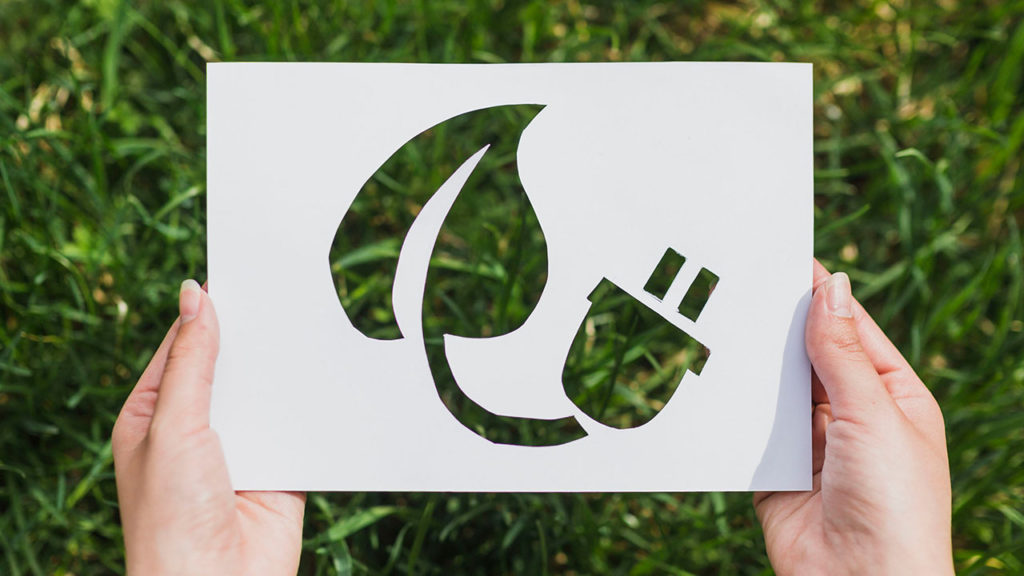What exactly is corporate social responsibility? Why Microsoft has been ranking consistently at the top for CSR? We shall take a look at these questions to understand how Microsoft Corporate social responsibility is a great case in CSR.
Contents
The need for Corporate social responsibility
The world has improved a lot since the 19th century, primarily due to the industrial revolution. However, this growth came at the cost of the rapidly depleting environment. The second change that happened was that companies realized over a period of time that it was not just the shareholders who were important. Companies are increasingly becoming more responsible towards external stakeholders. Industries realized that their sole purpose was not to make money.
Here comes the CSR part. The corporate social responsibility of a firm is all about integrating external stakeholders like the environment and society into the business decision-making process. Therefore, the goal of corporate social responsibility is to reduce the negative impact of any company’s actions along with these directions. The ultimate goal of CSR is to create positive action for society as well as the environment. It should be noted that these benefits are not coming at the cost of the profit of the organization.
Initially, there were only manufacturing-related companies that took part in CSR activities. However, over a period of time, even software companies like Microsoft got into it. Let us find out why.
An overview of Microsoft’s approach towards CSR
Microsoft is one of the top companies in the world. Microsoft has taken a proactive approach to corporate social responsibility. One of the ways of knowing whether the firms are serious about CSR is through their annual reports. Annual reports are documents that are primarily targeted towards investors. A company may talk about its responsibilities towards society and its environment. This shows their attitude towards these issues. Microsoft releases its corporate sustainability report based on the Global Reporting Initiative guidelines.
Microsoft has defined some of the broader CSR goals as:
- Empowering people
- Strengthening the communities
- Protecting our planet
In order to fulfill these broader goals, they have formulated a CSR team. This team is called the Microsoft Technology and Corporate Responsibility or the TCR team. Apart from the TSR team within Microsoft, they are also active through the Bill and Melinda Gates Foundation. Microsoft founder Bill Gates has donated a major part of his wealth for philanthropic purposes. This foundation looks at operationalizing some of these philanthropic goals.
“We are grounded in creating local economic opportunity in every community, helping to unlock the power of technology to address our customers’ most pressing challenges.”
– Satya Nadella
Microsoft CSR case study
Now we shall look at some of the live examples of how they have executed the CSR. They have been working broadly on the aspects of empowering people. Additionally, they have also looked at ways in which Microsoft as a technology enabler, can help communities across the world. Thirdly, Microsoft is also committed to reduce the carbon footprints of its product in order to protect the environment.
- It should be noted here that some of the actions are driven by philanthropic motives while some may be simply following an overall industrial trend. However, the attitude and effectiveness in these aspects are a testament to a company’s CSR activities.
Microsoft launched a solar project in Nigeria to help the local community. Through this project, they have established a center with solar panels to charge the batteries. They have also used Microsoft Azure, their cloud technology to optimize the inverters. This has resulted in a self-sustaining and environmentally friendly solution for the people.
Empowering people
Microsoft is using cloud technology to empower office workers. They have reported that their use of Microsoft software helps the team in building a more powerful workplace. Firstly, they have changed the format of the delivery of the Microsoft Office. Microsoft Office now also comes as a cloud subscription under the name of Office 365. Using this technology, they’re trying to make the workplace more sophisticated. They also attempt to make the applications more secure for the end-users.
Secondly, some of their software offerings are also free of cost. It is interesting to note that their best-selling office applications can be used for free. Office 365 comes with Microsoft Word, Powerpoint, and Excel. This free package could be quite helpful for people working in smaller teams who cannot afford expensive software. Microsoft also attempts to provide higher accessibility in its software. These features are quite helpful for people who are differentially abled.
Strengthening the communities
They have attempted to strengthen the community through the Microsoft Corporate social responsibility team. One of the ways in which they are trying to strengthen the community is through inclusive hiring. In closing, hiring is a process in which a company attempts to have equal opportunity for everyone. It can also mean affirmative actions to provide better opportunities for underprivileged classes.
Secondly, they also attempt to provide some of the toolkits for development. These toolkits could be helpful for startups. They are also used by non-government organizations.
Thirdly, Microsoft has organized skill development and educational courses. Some of the students find these courses particularly useful. Microsoft also collaborated with the Markle Foundation to train around 50,000 workers.
Protecting our planet
It is easier to visualize automotive as environmental pollutants. However. IT products and services can also have an environmental impact. Microsoft has said that it is working on three broader environmental areas.
Firstly, they’re trying to reduce the impact through lower carbon footprint and energy usage. Microsoft was one of the first companies to achieve 100% carbon neutrality in 2012. Furthermore, a lower carbon footprint means that using more eco-friendly materials in their products. A life cycle assessment of the materials helps in lowering carbon footprint.
Secondly, they attempt. To preserve the water and natural ecosystems. Microsoft has laid down certain rules to increase water efficiency. There is also scope to help the affected counties in overcoming the shortage of potable water. Microsoft is also working towards net-zero water certification for its establishment.
Thirdly, Microsoft attempts to reduce the impact of its operations on the environment. Microsoft has taken steps to increase the usage of renewable energy. They have achieved this through. Using solar energy for some of their energy needs. Additionally, they have also looked at ways to minimize waste. In their products, they have achieved this through smaller and lighter packaging. Microsoft has also partnered with other enterprises too. They have created an extensive recycling program for their products.
The way forward for Microsoft’s corporate social responsibility

Microsoft’s corporate social responsibility team has already laid out some of the goals for the future. Some of these goals are:
- Using AI for ecological conservation. They use AI to analyze geo-spatial data faster and more precisely. This can help build models to conserve and environmentally sensitive areas.
- One of the contributors to the environmental impact of a product is transportation. We can reduce this impact primarily by reducing the weight of the products. Microsoft plans to reduce the weight of its product by 20%. They have projected that this would reduce greenhouse emissions by around 29%.
- A simple optimization of the CPU can lead to lower energy consumption. Microsoft plans to use this approach to help people get better battery life as well as reduce the energy consumption of their products.
- Microsoft also plans to poise and mobilize people for natural disasters and humanitarian work. They said that they are collaborating with other organizations to help achieve these goals.

Very good blog post.Really thank you! Fantastic.